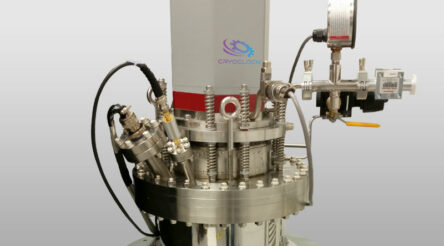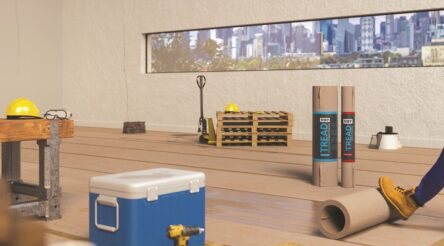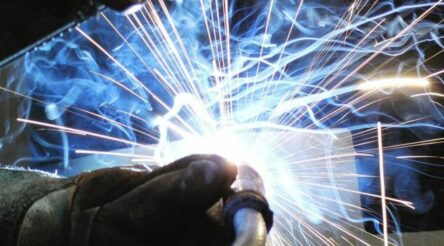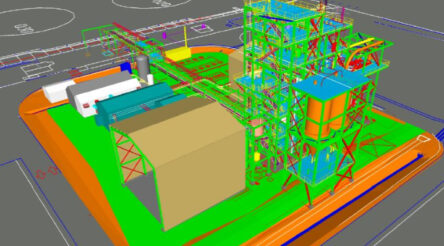The challenge to design sample collection for a lunar rover
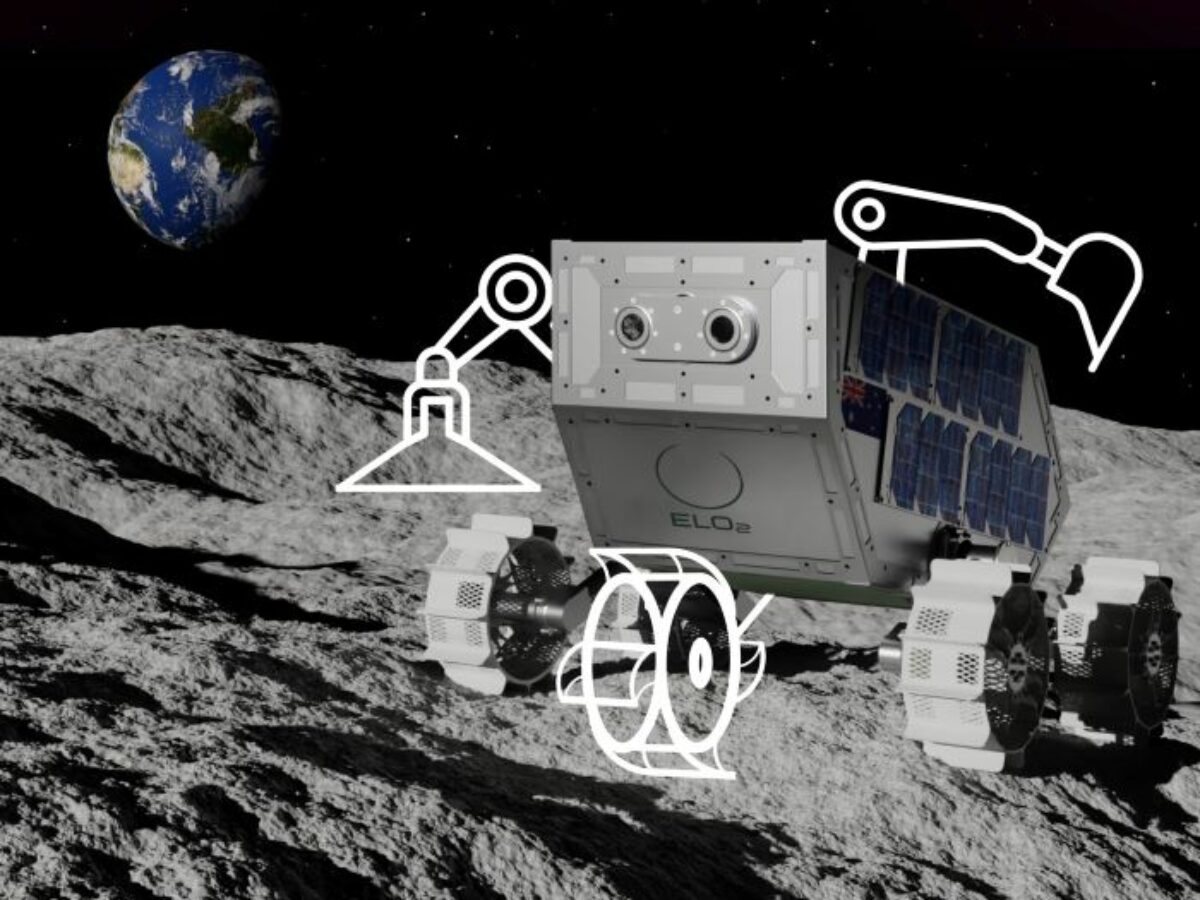
The consortium behind Australia’s first lunar rover, ELO2 is inviting space enthusiasts to design a system to collect soil from the Moon and deposit it at a NASA run facility in a competition running into next year.
The ELO2 Big Dipper Regolith Acquisition Challenge is seeking from creators to seasoned engineers to contribute to identifying and utilising the Moon’s resources, building on the country’s resources engineering capabilities.
Phase 1 of the Big Dipper Lunar Regolith Acquisition Challenge will harness the power of Computer-Aided Design to craft a Regolith Sample Acquisition Device, a pivotal component of a proposed lunar rover.
Phase 2 will build on designs by developing a list of design recommendations for future Moon rover designs, with ten challenge winners sharing in a $15,000 prize pool.
The ELO2 consortium is one of two selected to design Australia’s first Lunar rover under the Australian Space Agency’s Trailblazer programme.
Through this challenge, ELO2 will deliver autonomous robotic systems and technologies developed for space.
EPE’s Director Innovation and Commercialisation Ben Sorensen said: “ELO2 is designing and developing world-leading technology, including how to apply this knowledge to existing and emerging industries.
“From automated and on-demand manufacturing, space and terrestrial communications, autonomous and remote operation of field and home robotics, cyber assurance of robotic systems, digital twins, AI and machine learning, and chemical and radiation sensors to keep people safe in hazardous environments, the applications beyond the Moon are enormous.”
The ELO2 Big Dipper Regolith Acquisition System must be durable, repeatable and scalable to pave the way for future exploration of the Moon. The system should take into account cosmic radiation, lunar dust which is sharp abrasive and electrostatically charged, extremes of temperature and operate in total darkness.
EPE Trusted to Protect (EPE) is backed by organisations include BHP, Northrop Grumman Australia, RMIT University’s Space Industry Hub, and University of Melbourne’s Space Laboratory, and is co-leading the consortium with Lunar Outpost Oceania, a global provider of robotic systems.
Program Manager at Lunar Outpost Oceania Joseph Kenrick said: “We will build on experience and lessons learned from the development of Lunar Outpost’s Lunar Voyage 1 and Lunar Voyage 2 MAPP rovers.
“By actively contributing to NASA’s Artemis program, we are leading the way for a technology-led innovation funding model with government, industry and research partners to sustain growth in the Australian space industry.”
Image: a lighthearted concept for a lunar regolith collector
@aumanufacturing Sections
Analysis and Commentary Awards Defence Manufacturing News Podcast Technology Videos







